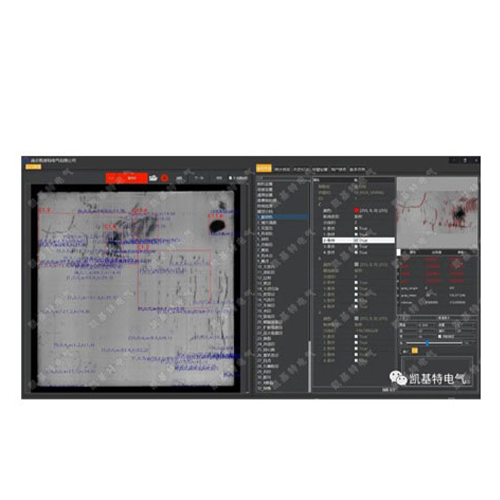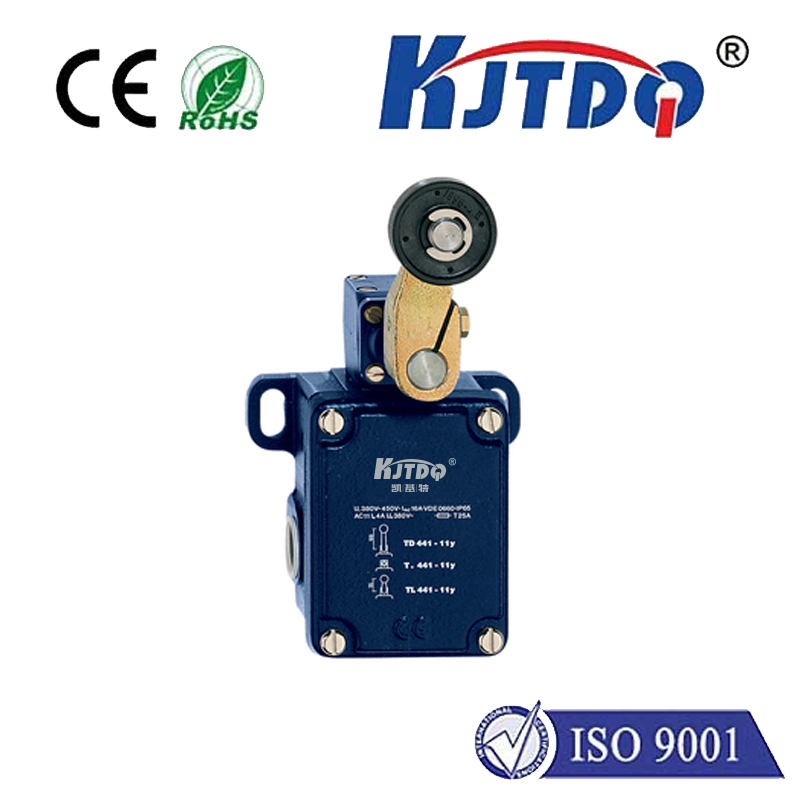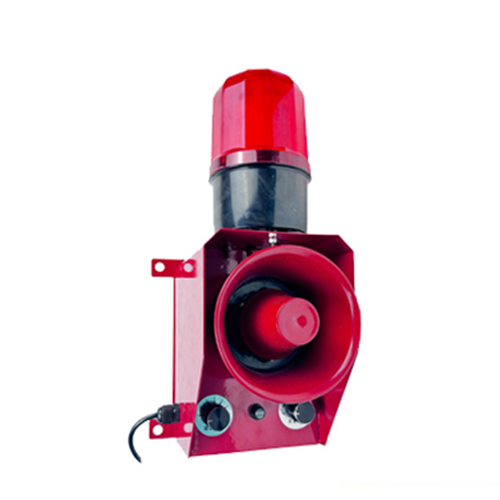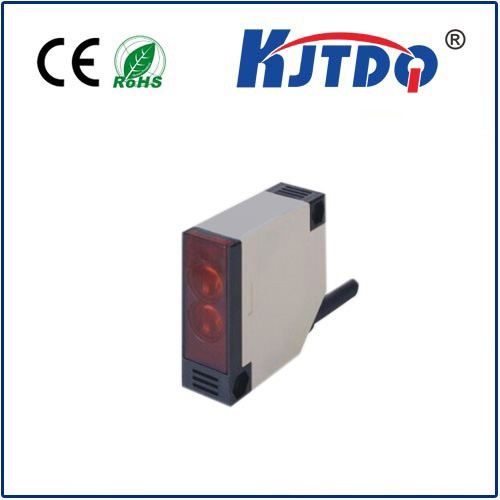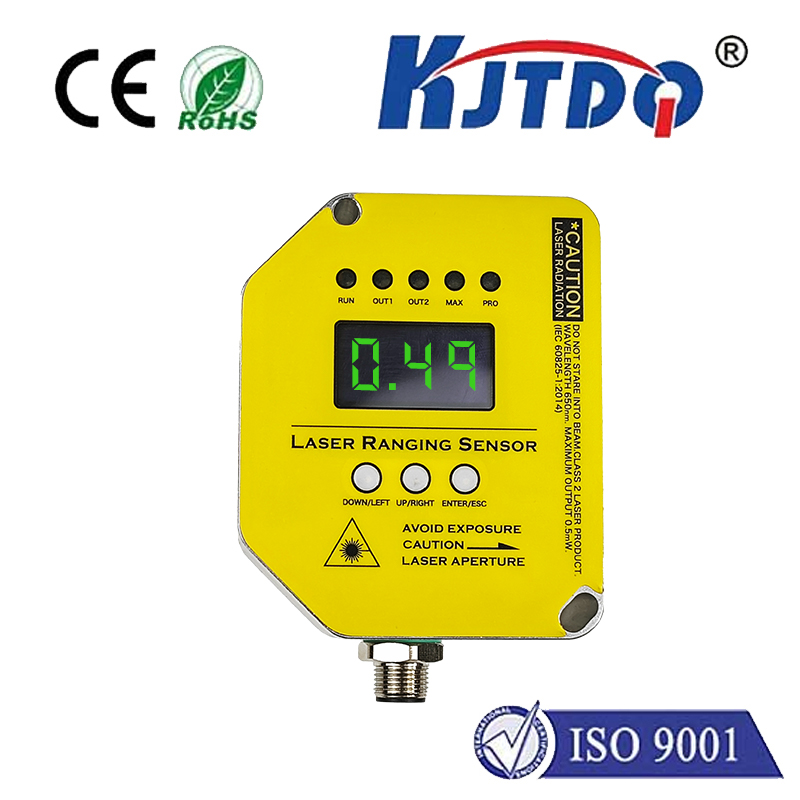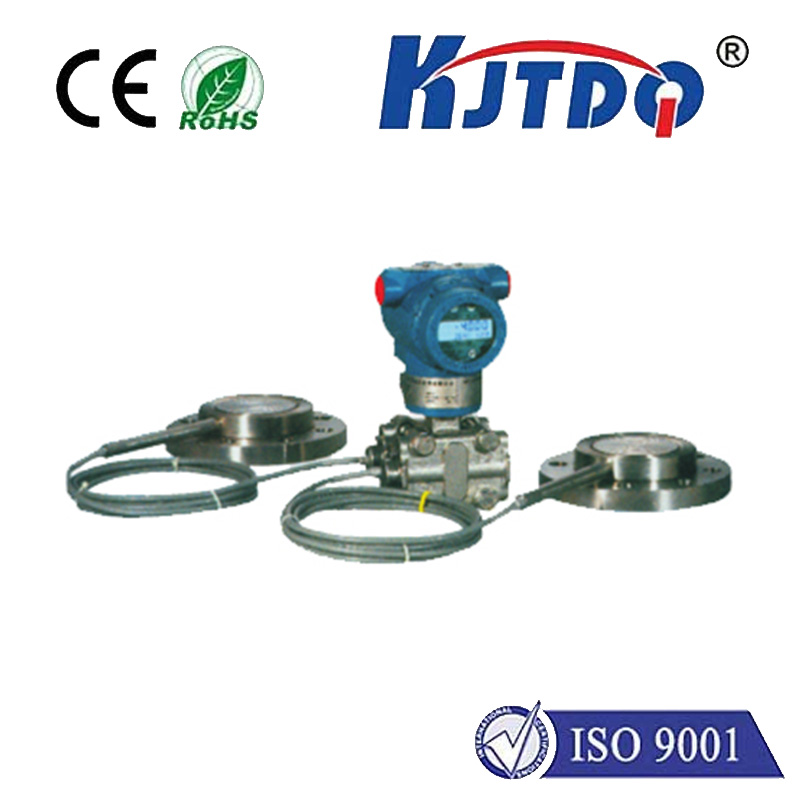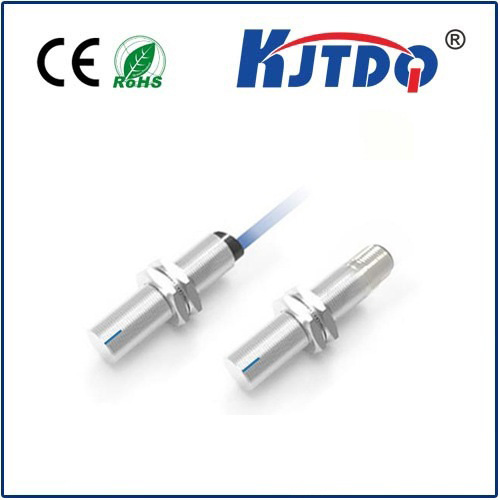force resistive sensor
- time:2025-08-25 01:59:45
- Click:0
The Hidden Genius of Force Sensing Resistors: Your Ultimate Guide
Imagine a world where surfaces know you’ve touched them. Not just a simple tap, but how hard you pressed. Where pillows sense restless sleep, shoes monitor athletic form, and robot hands grasp fragile objects with human-like care. This isn’t sci-fi; it’s the silent revolution enabled by Force Sensing Resistors (FSRs). These remarkably intuitive devices translate the physical world’s push and pull into a language electronics understand, unlocking applications we’re only beginning to explore. Forget bulky levers and complex mechanisms; the magic lies in sensing pressure, elegantly and unobtrusively.
What Exactly is a Force Sensing Resistor (FSR)?
At its core, an FSR is a special type of passive electronic component. Unlike a standard resistor with a fixed value, an FSR’s electrical resistance decreases significantly when force or pressure is applied to its active surface. Think of it as creating an electrical “traffic jam”: more force literally clears more paths for electrons to flow, lowering resistance. This fundamental behavior makes it a type of pressure sensor, specifically categorized as a piezoresistive sensor.
Demystifying the “How”: The Working Principle Unpacked
The magic happens within the FSR’s layered structure:
- Substrate: A flexible base layer, typically made of plastic like PET.
- Interdigitated Electrodes: Two sets of comb-like conductive traces (often silver or carbon ink) printed onto the substrate, facing each other but not touching. These form the electrical contacts.
- Active Sensing Area: This is the critical zone. A specially formulated piezoresistive material (often a polymer composite filled with conductive particles like carbon or silver) is deposited over the electrodes. This material is highly resistive in its resting state.
- Spacer & Cover: An air gap or spacer layer might be present, topped with a protective cover (often another layer of PET).
The “Aha!” Moment: Applying Force

When you press down on the FSR’s active area:
- The flexible substrate bends.
- The piezoresistive material is compressed, forcing the conductive particles within it closer together.
- As particles get closer, more conductive pathways are created between the interdigitated electrodes.
- This results in a sharp decrease in electrical resistance across the sensor’s terminals.
The relationship between applied force and resistance change is non-linear (often logarithmic), meaning small forces cause larger resistance changes initially, which taper off as force increases. This characteristic is key to understanding their measurement.
Why FSRs? Captivating Strengths
Their unique construction grants FSRs several compelling advantages that make them ideal for specific applications:
- Simplicity & Ease of Integration: FSRs are fundamentally straightforward devices – essentially two wires connecting to a resistive element. This makes interfacing them with basic circuitry (like microcontrollers) relatively simple.
- Low Profile & Flexibility: They are inherently thin (often less than 0.5mm) and flexible, allowing them to conform to curved surfaces or be integrated into tight spaces where rigid sensors wouldn’t fit. This is a massive advantage for wearables or ergonomic designs.
- Cost-Effectiveness: Compared to many other force or pressure sensing technologies, FSRs are generally inexpensive to manufacture and purchase.
- Durability: With no moving parts (just bending materials), FSRs are robust against mechanical shock and vibration. Their solid-state nature contributes to long operational life.
- Size Variability: FSRs can be made very small (a few millimeters) or quite large (several inches or more), offering significant design flexibility.
- Sensitivity to Low Forces: Especially in their initial range, FSRs are excellent at detecting very small changes in applied force or pressure.
Understanding the Measurement: Sensing the Signal
An FSR doesn’t output a ready-made “force” value directly. Its changing resistance needs to be converted into a usable electrical signal, typically a voltage. This is usually achieved using a simple voltage divider circuit:
- The force sensing resistor is connected in series with a fixed-value resistor between a voltage supply (e.g., 5V) and ground.
- The voltage measured at the point between the FSR and the fixed resistor changes as the FSR’s resistance changes.
- As force increases (FSR resistance decreases), the voltage at this midpoint increases.
- This variable voltage signal can then be read by an Analog-to-Digital Converter (ADC) on a microcontroller or other measurement device.
- Calibration (mapping voltage readings back to actual force values) is crucial for accurate interpretation.
Where Do Force Sensing Resistors Shine? Key Applications
The unique blend of features makes FSRs indispensable across diverse fields:
- Consumer Electronics: Keypads (especially non-moving designs), touch-sensitive controls, smart appliance interfaces, musical instruments (drum pads, expressive controllers), force feedback triggers in controllers.
- Medical & Healthcare: Patient monitoring systems (bed occupancy, pressure ulcers prevention), rehabilitation equipment (measuring grip strength, gait analysis insoles), assistive technology switches, infusion pumps.
- Automotive: Occupant detection systems (seat sensors), headrest position sensors, brake pedal feel sensors (primarily in prototypes/testing), smart surface controls.
- Robotics & Collaborative Robots (Cobots): Providing tactile feedback and grip force control for robotic hands/end-effectors, enabling safe human-robot interaction.
- Industrial Controls & Instrumentation: User interfaces for machinery, presence detection, simple force measurement tasks in testing fixtures.
- Sports & Biomechanics: Smart insoles analyzing gait, pressure mapping in bike saddles, impact measurement in protective gear, force resistive feedback devices.
- Musical Instruments: Electronic drum kits (pads), expressive keyboards, innovative controllers.
Being Realistic: Limitations and Design Considerations
While powerful, FSRs aren’t a universal solution. Understanding their limitations is vital for successful implementation:
- Non-Linearity & Accuracy: Their resistance vs. force response is inherently non-linear. Achieving high absolute accuracy over a wide range can be challenging without sophisticated calibration. They excel at relative force measurement or presence detection.
- Hysteresis: The output may differ slightly depending on whether the force is increasing or decreasing. This effect becomes more pronounced at higher forces.
- Limited Dynamic Range: They perform best within a specific force range, typically excelling at lower forces (< 10kg) but losing resolution at very high forces compared to load cells.
- Point Force Sensitivity: Standard FSRs are primarily sensitive to force applied perpendicularly to their active area within specific zones. Distributed pressure or shear forces aren’t detected as effectively unless using specialized matrix configurations.
- Wear & Aging: While durable, the piezoresistive material can change properties slightly over extended periods, especially under constant high load or extreme environments. Mechanical stress cycling can also have effects.
- Temperature Sensitivity: Resistance can drift with temperature changes, requiring compensation in precision applications.
- Creep: Under constant load, the resistance reading might drift over time.
Choosing the Right FSR for the Job
Selecting the optimal force resistive sensor involves weighing key factors:
- Force Range: What are the minimum and maximum forces you need to detect? FSRs






